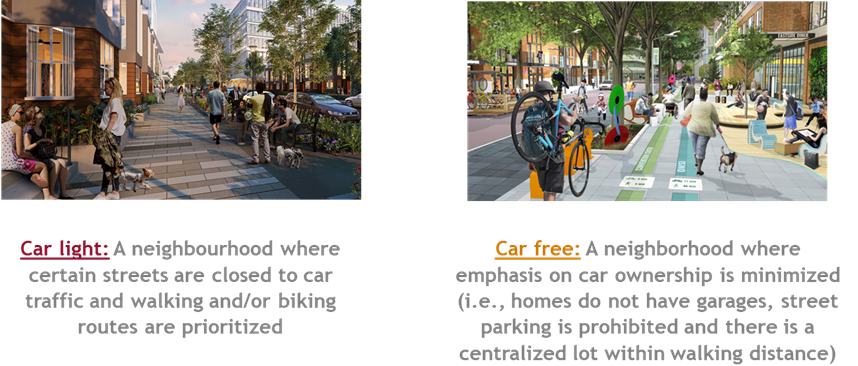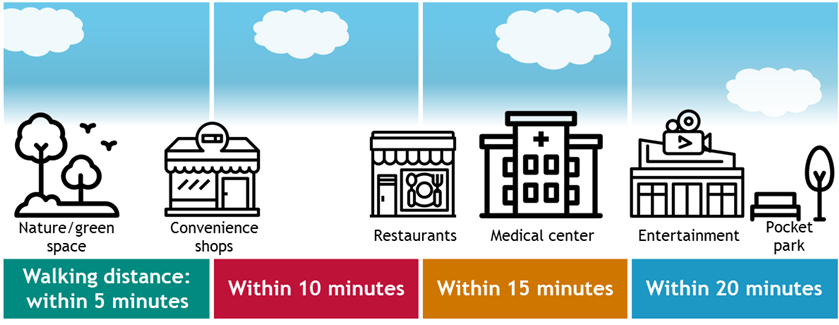It seems a new car-free development is being proposed each month. Whether it is Japan’s Woven City, Malaysia’s BiodiverCity or USA’s Culdesac Tempe, there are a growing number of developments following this new way of living.
While many of these seem to follow smart city principles, few are re-inventing how people live within these car-free neighbourhoods. Shanghai’s MINI Living concept provides a good benchmark for a compact, urban lifestyle. They aim to create a 24/7 district where live, work and play are available without having to commute or travel long distances.
However, not all schemes can be set within an ultra-dense environment. How can walkable, car-light or car-free projects be realised on derelict high streets in the UK or new master planned communities in the USA?
One of our most recent analytics assignments in the USA may have some insights that could provide a unique perspective in answering these questions.
Surveying consumers within the San Francisco Bay Area
Inspired by Dr. Wei Yang’s research (as seen in the Times), we set out to find what ‘bundle’ of amenities would increase walkability and ultimately persuade participants to re-consider frequent car use.
We conducted a consumer-focused research study in early 2021 with over 250 participants across the Bay Area, surveying their perceptions of car-free and
car-light neighbourhoods. These two terms were defined as:

What we found:
- Initially, participants preferred car-light environments over car-free ones, but after co-creating their ‘ideal’ 20-min neighbourhood, car-free fared as well as car-light
- A surprising finding: 45 to 54 year olds found car-free and car-light neighbourhoods more appealing than the 22-34 age group
- Having convenience and natural leisure spaces within a walking distance of 5 to 10 minutes would attract even the most emphatic self-described ‘car-lover’
- 20-min neighbourhoods are not just appealing for those who live there, 50% of employees found the idea of working in a walkable neighbourhood attractive
Contrasting our preconceptions of Millennials & Gen Z being more open to
car-free living, there is evidence that more needs to be done to persuade these segments, even in a tech and innovation-driven region like the Bay Area.
Interestingly, people want a bustling town centre with entertainment and lively squares, but not on their doorstep. More relaxing elements are preferred within the immediate surrounds.

The takeaway for private and public developers
There are ways to reduce car-reliance without having to create completely
car-free communities. According to our research, building a successful walkable neighbourhood is hinged on the proximity to, and quality of, greenspaces and convenience shops.
Nearby town centres, by contrast, need to programme an offer that integrates health and entertainment options. What entertainment or health means to a specific community needs to be examined and customised for each location.
This is especially important as the appetite for car-free and car-light neighbourhoods isn’t clear-cut. Although there is interest, even younger generations need a powerful ‘bundle’ of amenities close by to lessen their car-use.
Ultimately, curating a walkable neighbourhood that responds to the needs of its residents and workers is essential to unlocking value.